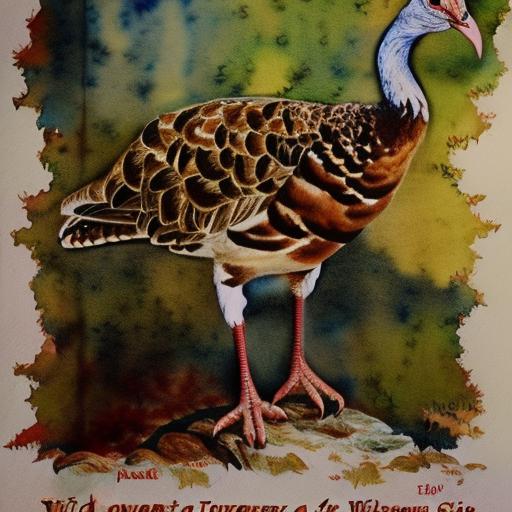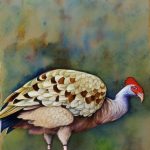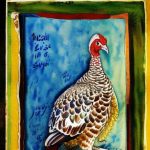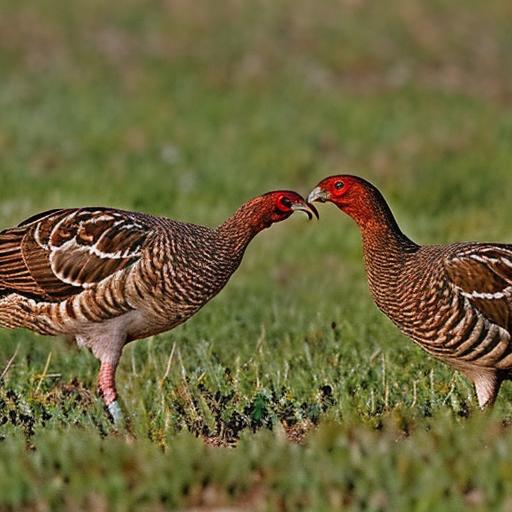Wild turkeys are large birds native to North America and are a popular game bird for hunters. They are known for their distinctive fan-shaped tails and wattled necks, as well as their gobbling calls. There are six subspecies of wild turkeys, each with its own unique characteristics and habitat. These subspecies include the Eastern, Osceola, Rio Grande, Merriam’s, Gould’s, and the extinct Mexican wild turkey. Each subspecies has its own range and specific traits that make it distinct from the others.
Key Takeaways
- Wild turkeys are native to North America and are known for their large size and distinctive plumage.
- The Eastern wild turkey is the most widespread and populous subspecies, found in the eastern United States and parts of Canada.
- The Osceola wild turkey is found in Florida and is known for its smaller size and darker plumage.
- The Rio Grande wild turkey is found in the southwestern United States and northern Mexico, and is known for its adaptability to varied habitats.
- The Merriam’s wild turkey is found in the mountainous regions of the western United States and is known for its light-colored plumage and preference for higher elevations.
- The Gould’s wild turkey is found in the mountainous regions of northern Mexico and the southwestern United States, and is the largest of all the wild turkey subspecies.
- Conservation efforts are crucial for protecting the diverse wild turkey breeds and ensuring their survival for future generations.
The Eastern Wild Turkey
The Eastern wild turkey is the most widespread and populous of all the wild turkey subspecies. It can be found in the eastern United States and parts of Canada, and is known for its dark, iridescent plumage and large size. The Eastern wild turkey prefers hardwood and mixed forests, as well as open fields and grasslands. It is a popular game bird for hunters and is also a common sight in suburban and rural areas. The Eastern wild turkey has made a remarkable recovery in recent years, thanks to conservation efforts and habitat restoration.
The Eastern wild turkey is a highly adaptable bird that can thrive in a variety of habitats, from dense forests to open fields. It is an important part of the ecosystem, as it helps control insect populations and spreads seeds through its droppings. However, the Eastern wild turkey faces threats from habitat loss, predation, and hunting pressure. Conservation efforts are crucial to ensuring the survival of this iconic bird.
The Osceola Wild Turkey
The Osceola wild turkey, also known as the Florida wild turkey, is found exclusively in the state of Florida. It is a smaller and darker subspecies than the Eastern wild turkey, with a more limited range. The Osceola wild turkey prefers the dense swamps and forests of Florida, where it can find ample food and cover. It is a popular game bird for hunters in Florida and is highly prized for its challenging hunting conditions.
The Osceola wild turkey faces threats from habitat loss due to urban development and agriculture. Conservation efforts are focused on preserving its remaining habitat and creating corridors for the birds to move between different areas. The Osceola wild turkey is an important part of Florida’s natural heritage and efforts to protect it are crucial for maintaining the state’s biodiversity.
The Rio Grande Wild Turkey
The Rio Grande wild turkey is found in the central plains of the United States, including Texas, Oklahoma, Kansas, and parts of New Mexico and Colorado. It is a larger and paler subspecies than the Eastern wild turkey, with a preference for open woodlands and grasslands. The Rio Grande wild turkey is an important game bird for hunters in the central plains and is also a common sight in rural areas.
Conservation efforts for the Rio Grande wild turkey focus on preserving its grassland habitat and managing hunting pressure. The birds face threats from habitat loss due to agriculture and urban development, as well as predation from non-native species such as feral hogs. Efforts to restore grasslands and create wildlife corridors are crucial for ensuring the survival of this iconic bird.
The Merriam’s Wild Turkey
The Merriam’s wild turkey is found in the mountainous regions of the western United States, including the Rocky Mountains and parts of the Great Basin. It is a smaller and lighter subspecies than the Eastern wild turkey, with a preference for coniferous forests and mountain meadows. The Merriam’s wild turkey is an important game bird for hunters in the western states and is also a common sight in national parks and wilderness areas.
Conservation efforts for the Merriam’s wild turkey focus on preserving its mountainous habitat and managing hunting pressure. The birds face threats from habitat loss due to logging and development, as well as predation from non-native species such as coyotes. Efforts to restore forests and create wildlife corridors are crucial for ensuring the survival of this iconic bird.
The Gould’s Wild Turkey
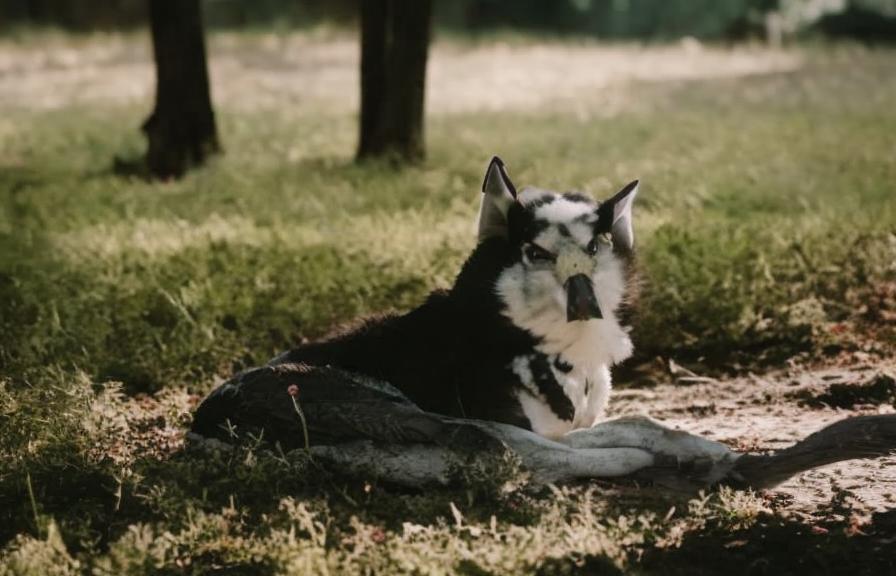
The Gould’s wild turkey is found in the mountainous regions of northern Mexico and parts of Arizona and New Mexico in the United States. It is the largest of all the wild turkey subspecies, with long legs and a distinctive white-tipped tail. The Gould’s wild turkey prefers pine-oak forests and mountain meadows, where it can find ample food and cover. It is a popular game bird for hunters in Mexico and is also a common sight in remote wilderness areas.
Conservation efforts for the Gould’s wild turkey focus on preserving its mountainous habitat and managing hunting pressure. The birds face threats from habitat loss due to logging and development, as well as predation from non-native species such as feral dogs. Efforts to restore forests and create wildlife corridors are crucial for ensuring the survival of this iconic bird.
Conservation and Protection of Wild Turkey Breeds
In conclusion, wild turkeys are an important part of North America’s natural heritage and play a crucial role in maintaining healthy ecosystems. Each subspecies has its own unique characteristics and habitat requirements, making conservation efforts crucial for their survival. Habitat loss, predation, and hunting pressure are all threats that must be managed through careful conservation planning.
Conservation efforts for wild turkeys include habitat restoration, wildlife corridors, and managing hunting pressure through sustainable harvest practices. It is crucial for federal, state, and local governments to work together with conservation organizations and private landowners to protect the remaining habitat of wild turkeys. By working together, we can ensure that future generations will be able to enjoy the sight of these iconic birds in their natural habitats.
Wild turkeys are fascinating creatures, and there are actually six different breeds of wild turkeys found in North America. If you’re interested in learning more about poultry and bird breeding, you might also enjoy reading about when guinea fowl lay eggs or choosing the best coop for chickens. These articles provide valuable insights into the world of poultry farming and can help you expand your knowledge on raising birds.
FAQs
How many different breeds of wild turkeys are there?
There are six different subspecies of wild turkeys in North America: Eastern, Osceola (Florida), Rio Grande, Merriam’s, Gould’s, and the South Mexican (also known as the Mexican wild turkey).
What are the differences between the different breeds of wild turkeys?
The different subspecies of wild turkeys vary in size, coloration, and habitat preferences. For example, the Eastern wild turkey is the most widespread and populous, while the Gould’s wild turkey is the largest and has distinctive white tips on its tail feathers.
Where can the different breeds of wild turkeys be found?
The Eastern wild turkey can be found in the eastern United States and parts of Canada, while the Rio Grande wild turkey is found in the central plains states and parts of Mexico. The other subspecies have more specific ranges, such as the Merriam’s wild turkey in the mountainous regions of the western United States.
Are there any conservation efforts in place for wild turkeys?
Yes, there are various conservation efforts in place to protect and manage wild turkey populations, including habitat restoration, hunting regulations, and research on turkey behavior and ecology. These efforts have helped to increase wild turkey populations in many areas.
Meet Walter, the feathered-friend fanatic of Florida! Nestled in the sunshine state, Walter struts through life with his feathered companions, clucking his way to happiness. With a coop that’s fancier than a five-star hotel, he’s the Don Juan of the chicken world. When he’s not teaching his hens to do the cha-cha, you’ll find him in a heated debate with his prized rooster, Sir Clucks-a-Lot. Walter’s poultry passion is no yolk; he’s the sunny-side-up guy you never knew you needed in your flock of friends!

